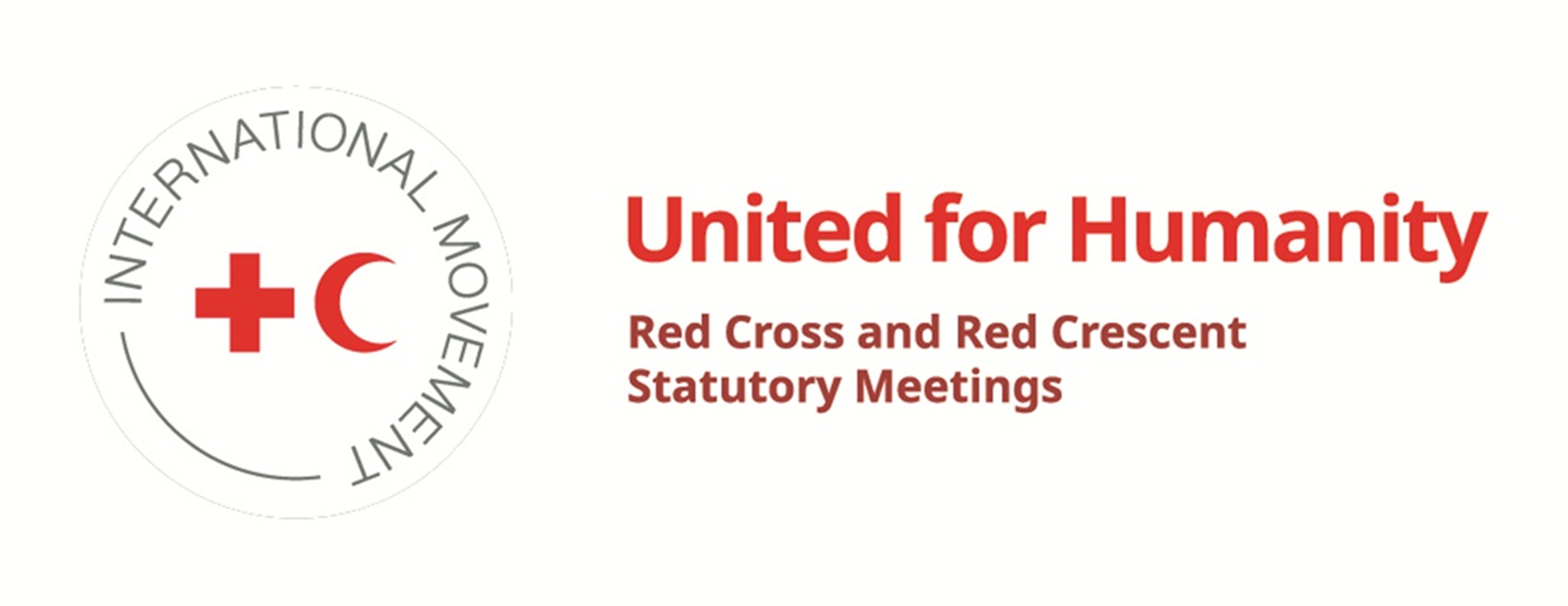A) Objectives of the pledge:
JOINT UNITED KINGDOM AND BRITISH RED CROSS PLEDGE
Recognising that the destruction of cultural property in armed conflict has repercussions that last long after the end of war, slowing reconciliation and stabilisation, and noting the continuing vulnerability of the world’s cultural heritage, the United Kingdom, with appropriate support from the British Red Cross, will:
-
- Continue to make every effort to facilitate the UK’s ratification of the Hague Convention for the Protection of Cultural Property in the Event of Armed Conflict and its two Protocols;
-
- Strengthen our commitment to the protection of our own cultural heritage in the event of armed conflict;
-
- Take active steps to maximise the protection we can offer to some of the world’s most important ancient sites and landmarks.
B) Action plan:
-
- Her Majesty’s Government (HMG), with relevant support from the British Red Cross, brings forward new legislation to ratify the Hague Convention for the Protection of Cultural Property in the Event of Armed Conflict and its two Protocols at the first opportunity.
-
- HMG develops a new cultural protection fund to support the protection of cultural heritage and its recovery from acts of cultural destruction, in order to safeguard the heritage of countries affected by conflict or at risk of coming under attack for ideological reasons.
-
- In order to ensure that our approach is as effective as possible, the UK, with appropriate support from the British Red Cross, works with UNESCO, the UK Committee of the Blue Shield and leading UK cultural organisations, drawing on their expertise and experience to advise on the proposed new legislation and shape the delivery of the new cultural protection fund.
-
- HMG and the British Red Cross work together to spread awareness and understanding of the Hague Convention and its Protocols to relevant stakeholders within the UK.
C) Indicators for measuring progress:
N/A
D) Resource implications:
N/A



